Warm days, blue skies, and the joyful shrieks of kids splashing in the pool or running through a sprinkler—this is summer in the Pacific Northwest. As you enjoy long evenings spent on the deck or out in the garden, summer is a time to watch your spring plantings grow and thrive. While you tend to your plants this month, here are a few key tips to ensure success in your endeavors.
Watering
First, consistent watering throughout the summer is essential to overall plant health. Underwatered or inconsistently-watered plants will struggle to thrive and typically are more susceptible to insect or disease problems. To be most efficient with your watering—avoiding excessive evaporation from midday sun—I recommend watering in the morning, or if necessary, in the evening. Early morning watering is preferable to allow your plants’ foliage to dry out during the day rather than sitting wet throughout the night, which can lead to foliage diseases like mold or powdery mildew.
If watering by hand with a watering can or garden hose, always focus the water at the soil level—not overhead—whenever possible. Watering overhead can spoil the blooms of summer annuals, so direct your water to the roots for best results. And while early morning or early evening watering is best, remember this: if your plants look thirsty midday, by all means, water!
Mulch
Second, mulch your flowerbeds for better plant health. Adding a layer of bark mulch or compost to your garden beds each year will help suppress weed growth, insulate the soil from both extreme heat and cold, and help to retain moisture in the soil. And of course, nothing gives a house as much instant curb appeal as a fresh layer of mulch in the beds, so why wouldn’t you take a little time to add some fresh bark or compost?
Feeding
Third, keep up with your fertilizing. Like all living things, plants need to eat regularly, so I recommend feeding summer flowers each week with a water-soluble fertilizer like Jack’s Classic, available at Vander Giessen’s. A “balanced blend” like Jack’s All Purpose 20-20-20 will provide equal parts nitrogen (for growth), phosphorus (for blooms, fruits, and roots), and potassium (for overall plant health), while Jack’s Blossom Booster 10-30-20 blend will have a higher middle number for increased flowering. Blossom booster fertilizers can also be used on fruiting vegetables to increase production—because after all, every tomato, pepper, and cucumber starts as a flower!
Deadheading and Pruning
Fourth, keep your pruner or hand snips on hand to deadhead and prune anything in your garden that could use a little cleanup. While most of the petunias sold today are self-deadheading, many plants still need regular deadheading to look their best. Geraniums are easy to deadhead: simply snap the flower stalk off where it meets the branch. Roses should be cut back using a pruner, cutting just above a set of five or more leaves facing outward, and dahlias and zinnias produce stronger, longer stems better for cut flowers when pruned back hard after blooming.
Additionally, summer is a good time to keep an eye on your shrubs and trees for any wayward growth. Springtime’s explosion of growth can sometimes lead to a tree developing competing leaders—the upright central growth that develops into the trunk—or a shrub or tree can begin to develop a lopsided branch or limb. To keep your landscaping looking its best, prune off any undesired growth when you see it to encourage your plants to focus their energy on the growth you want to see.
Insect Control
Finally, as much as we all love our gardens in summer, so do insects, so keep a close eye on your plants for signs of infestation. Aphids are one of the most common garden pests, identifiable as small green, brown, or black bugs clustered on flower buds and growing tips. As they suck the juices out of your plants, they cause deformed growth and left unchecked can kill a plant. Most common insecticides will quickly kill aphids, or you may have success blasting them off your plants with a hard stream of water.
Another common insect this time of year is budworm, the “hungry, hungry caterpillar” that loves to eat the buds and flowers of your petunias, calibrachoa, and geraniums. These voracious caterpillars can devour an entire hanging basket’s worth of blooms in a matter of days but don’t do damage to the leaves of your plants, so if you notice that your flowers have mysteriously stopped blooming, inspect your plants for small green or brown caterpillars or their telltale black droppings on the leaves of your plants. To treat for budworm, spray every three weeks or so with Captain Jack’s Deadbug Brew, an organic insecticide great at killing budworm–and always in stock at Vander Giessen’s.
Summers in our part of the world are simply the best—low humidity, comfortable temperatures, and no bugs to speak of. As you enjoy these months outdoors, keep your garden looking its best by attending to these simple tasks. Now, if you’ll excuse me, I have a lounge chair in the shade that’s calling my name.


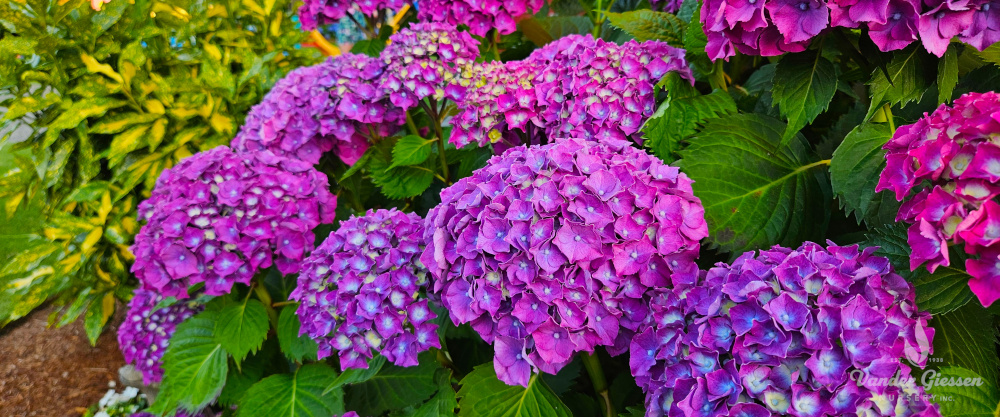
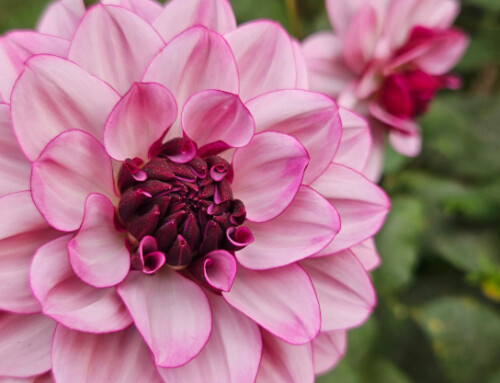
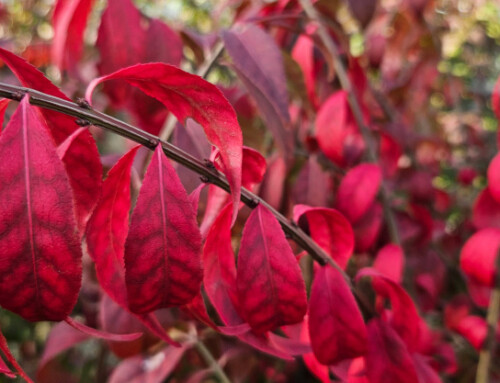
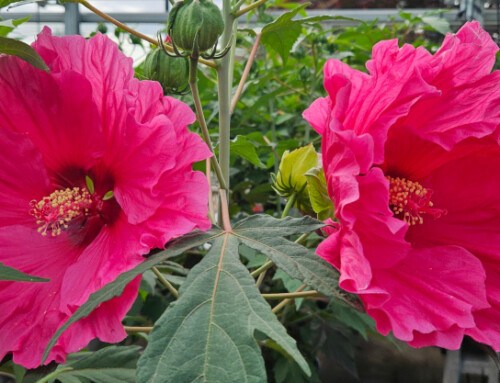
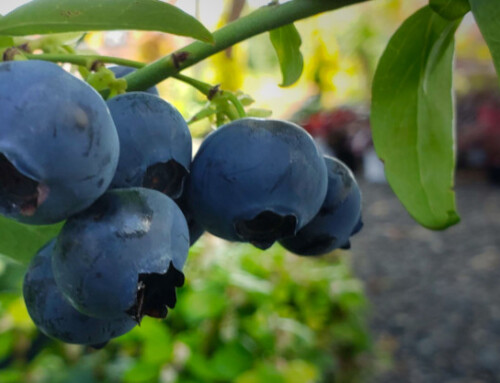
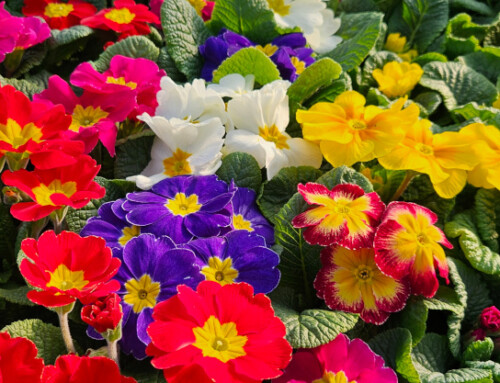
Leave A Comment